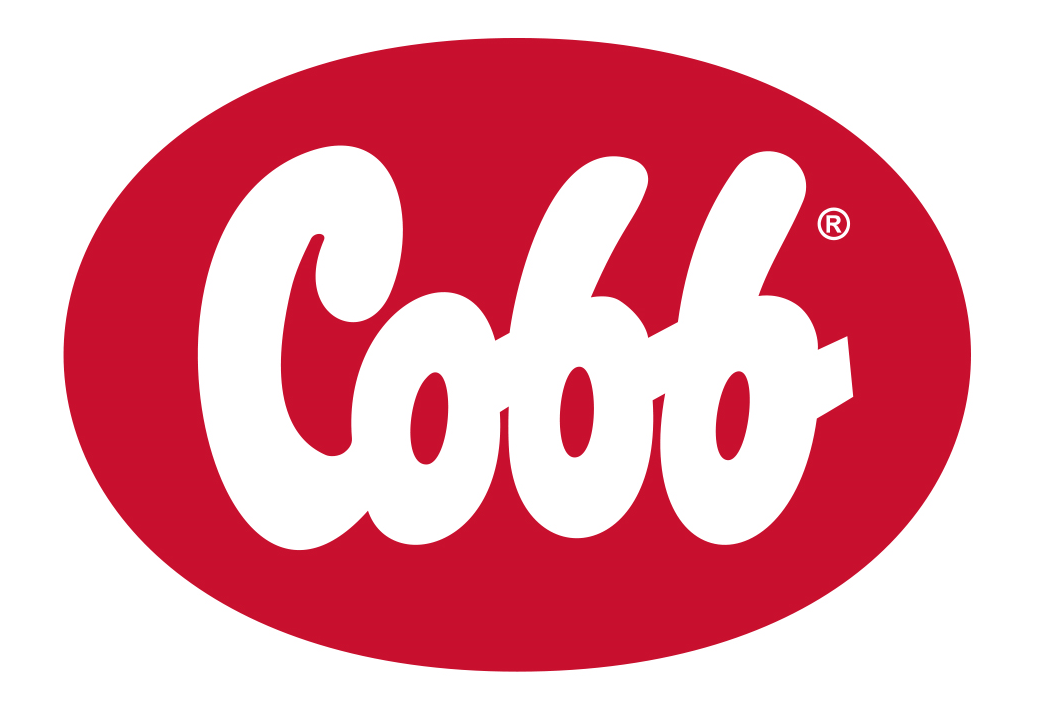



Understanding hen mortality at peak production
Mortality can be due to disease but can also be a management problemMortality can be due to disease but can also be a management problem. Poor flock management can cause high mortality leading into production or persistent mortality throughout the life of flock.
To determine mortality issues possibly related to management, begin by creating an accurate picture of the causes of mortality. Post-mortem examinations will provide much of the information. However, be careful when interpreting data from post-mortems. If data is collected from only a few hens, the results may be misleading as several different diagnoses within a small population will not provide an accurate conclusion. A good practice when troubleshooting higher than normal mortality for a flock or a complex is conduct post-mortem examinations on all the daily mortality of affected flocks once a week. This practice will increase the sample size and give a good representation of the cause.
After collecting, it is recommended to group the data in broad categories. Examples include infection, prolapse, sudden death syndrome, runt, lameness, and no lesions. Each case should be put in the category that best describes the primary issue. The data can then be graphed giving the farm manager a broad perspective of mortality causes. Understanding the main cause of mortality is important to make targeted adjustments to a management program.
Photo stimulation
Preparation for photo stimulation
A common cause of hen mortality is inadequate preparation for photo stimulation. The pullets need to have the right weight, age, fleshing and fat reserve to respond well to photo stimulation and achieve a high peak of egg production with low mortality. Poorly conditioned pullets will fail to respond to photo stimulation and will have low peak production and increased mortality. When photo stimulated, poorly conditioned pullets may die due to prolapses, sudden death syndrome (SDS), or peritonitis issues and may have issues associated with overstimulation including a high number of double yolk eggs. Some poorly conditioned pullets do not mature properly and will become overweight producing few to no eggs. Overweight pullets are also more susceptible to mortality than hens at target weights.

Flock uniformity is an important part of preventing mortality. A flock with poor uniformity will have both immature and overweight pullets at photo stimulation. Both the poorly conditioned and the overweight pullets will have more issues after photo stimulation than pullets that are correctly conditioned.
A flock should be ready for photo stimulation between day 147 (week 21) and 154 (week 22) depending on the line (see our Parent Stock supplements for more information at www.cobb-vantress.com). If the flock is not in the correct condition at the recommended time, it is possible to wait an additional week to give the first light increase, but it’s not advisable to wait longer than 1 week. The best way to determine if a flock is ready for photo stimulation is to evaluate fleshing scores and pelvic fat reserves. At photo stimulation, all females should have a fleshing score of 3 or higher. The majority (>90 %) of the pullets should also have enough pelvic fat reserves. Having enough, but not too much fat, is essential for the hormonal response to photo stimulation.
Photo stimulation program
Pullets are usually on an 8-hour light program in the pullet house. The goal is to increase to 14 hours as fast as possible. A good strategy is to increase from 8 to 12 hours for the first increase. After 2 weeks of 12 hours of light per day, increase the light length by 1 hour every week until the flock is receiving 14 hours each day. When light is increased too quickly, flocks show signs of overstimulation such as a high percentage of double yolks, peritonitis and prolapses.
Along with length, light intensity is also increased. The intensity is increased between 50 and 100 Lux (5 to 10 fc) on the first increase in day length.
Feed management
Feeding from photo stimulation to peak egg production
Giving large feed increases beginning at photo stimulation through the onset of production can overstimulate the pullets. Hens are especially sensitive to aggressive feed increases when production is less than 30%. Once 30 % of the flock is laying, larger feed increases can be given. Please refer to your Cobb technical service advisor for more details on how to manage feed coming into production.
Feed availability

Feed should be equally available to all the hens and distributed in less than 3 minutes. So that all hens have easy access to feed, correct feeder space is necessary. We recommend at least 6 inches (approximately 15 cm) of chain feeder space per bird or 10 to 12 hens per pan (30 cm /11.8 in. diameter). Poor feed distribution or feeder space can create problems for the flock. Smaller hens that cannot compete for feed may not consume enough feed to sustain themselves and egg production will drop or even stop. These hens are also susceptible to diseases such as bacterial arthritis. The bigger hens, that outcompete smaller hens, will become overweight leading increasing their risk for weight related mortality issues.
It is very important that pullets find feed and water after transfer. This is especially important when birds have different feeding systems in the pullet and production houses (ie: going from pan feeders to chain feeders). The pullets will also need to learn to jump onto the slats. Placing enrichments (slats or perches) in the pullet house can train the pullets how to jump. If chain feeders are used in the pullet house and they are low enough, birds can also learn to jump over the feeders.
It is highly recommended to spend a lot of time walking the house to move the birds towards the slats so they can find water. Likewise, be present at each feeding time and walk around the house to move birds towards the feeders if needed.
Nutrition
Good nutrition is essential to promote high performance in broiler breeders. If there is a high number of hens dying of SDS, it is possible feed formulation is wrong. High sodium in feed and/or water can cause SDS, hypophosphatemia (phosphate depletion) and hypokalemia (potassium depletion). Review the feed electrolyte balance and test the water if SDS occurs in the flock.
Calcium tetany is also a problem associated with feed. Using large particles of calcium in the feed and providing oyster shells in the afternoon are good ways to meet the hen’s calcium requirements. Switching from Developer to Breeder feed should be done at first egg to supply the calcium that the hens need for egg production. If breeder feed is given too early, the birds will not be able to absorb calcium efficiently when egg production starts. If breeder feed is given too late, bone calcium reserves can become depleted.
Environment
The environment is very important to promote good performance. Stresses such as loud sounds, visitors, and poorly maintained equipment can cause mortality. A stressful event worth noting is heat stress which happens primarily at feeding time. While eating and digesting, the birds generate a lot of metabolic heat. Observe the flock following feeding and note if hens are panting. In severe cases, acute heat stress can cause immediate death. However, heat stress can also cause peritonitis leading to death. Heat stress can also cause blood pH imbalances which can disrupt the calcium metabolism and predispose hens to calcium tetany. To cool birds during feeding, it is recommended to turn on all the fans around feeding time (turn them on 1 hour before and off about 2 hours after cleanup).
Male management
Male aggression can cause hen mortality through back injuries. To help prevent male aggression, sexual synchronization between the sexes is important. When males are ahead in maturation, the females may be reluctant to mate, and cause males to become aggressive. The best way to synchronize a flock is to keep males and females on the standard body weight. The body weight differential between males and females is ideally less than 18 %. When body weight differential is higher than 30 %, hen mortality due to male aggression is usually increased. If the body weight differential is higher than 30%, lower the male ratio temporarily to give females time to mature and accept the males. Be aware that even with a well synchronized flock, a high male to female ratio can also lead to high female mortality.
Conclusions
High hen mortality can be caused by management issues and feed formulations. It is important to have a regular post-mortem program in place to evaluate the main cause of death and group it in broad categories. Understanding of the main cause of mortality is important for making targeted adjustments to a management program. Refer to our recently released Cobb On-Farm Post-Mortem for Broiler Breeders Guide for a step-by-step guide to conducting post-mortem examinations (available at Cobb-vantress.com/resources).










